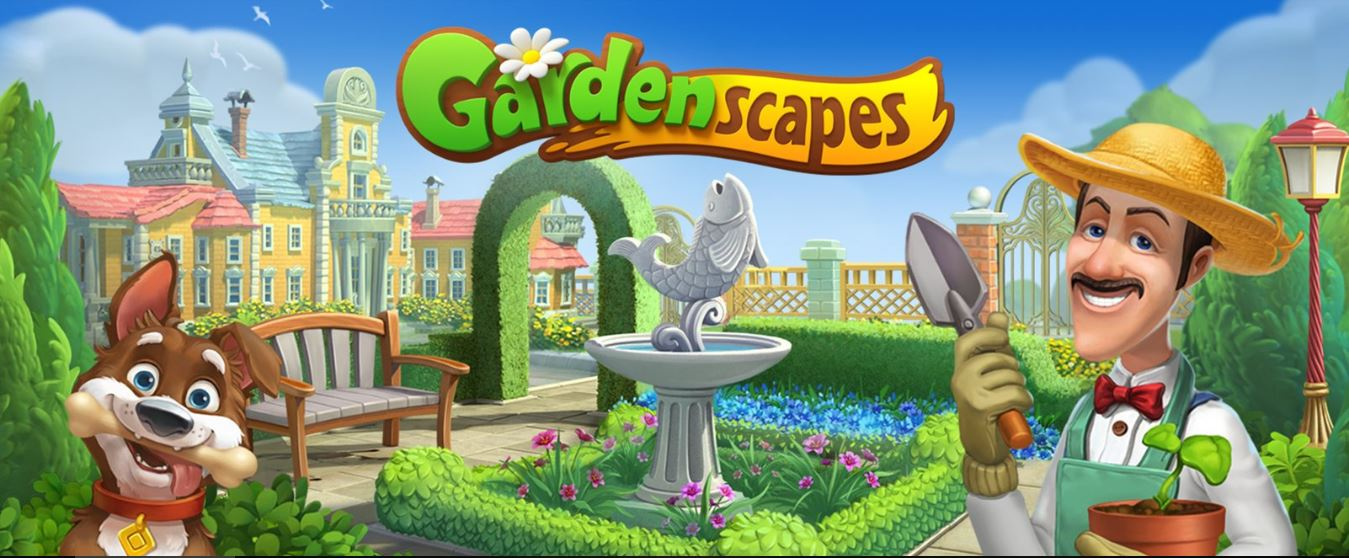

In both of these situations, we had borrowed successful features from other products, but the wrong way. This meant that our strategy, which needed to rely on our best users, actually excluded them. However, our best and most active users already had Super Duolingo, and we couldn’t give them a free month when they were already in a plan. For Duolingo, we were trying to incentivize users by offering a free month of Super Duolingo. Referrals work for Uber because riders are paying for rides on a never-ending pay-as-you-go system.

It also did not take long to understand why our referral program did not produce Uber-like success. I realized that I had been so focused on the similarities between Gardenscapes and Duolingo that I had failed to account for the importance of the underlying differences.

It was the wrong gamification mechanic to adopt into Duolingo. Because there wasn’t any strategy to it, the Duolingo moves counter was simply a boring, tacked-on nuisance. But strategic decision-making isn’t required to complete a Duolingo lesson-you mostly either know the answer to a question or you don’t. When you are playing Gardenscapes, each move feels like a strategic decision, because you have to outmaneuver dynamic obstacles to find a path to victory. In hindsight, it became clear why the Gardenscapes moves counter was not a good fit for our product. The aftermath of these back-to-back failures in only a few months was a period of reflection for me about making better product bets.


 0 kommentar(er)
0 kommentar(er)
